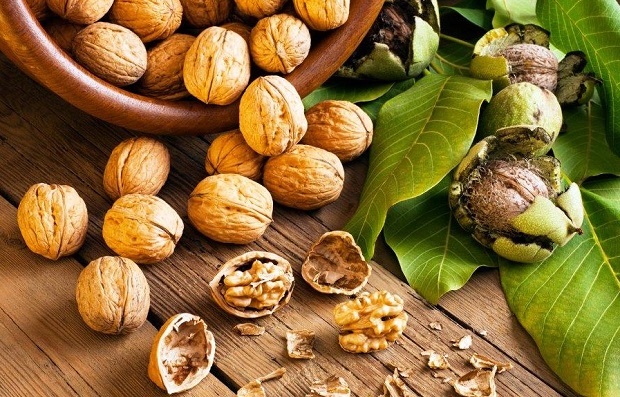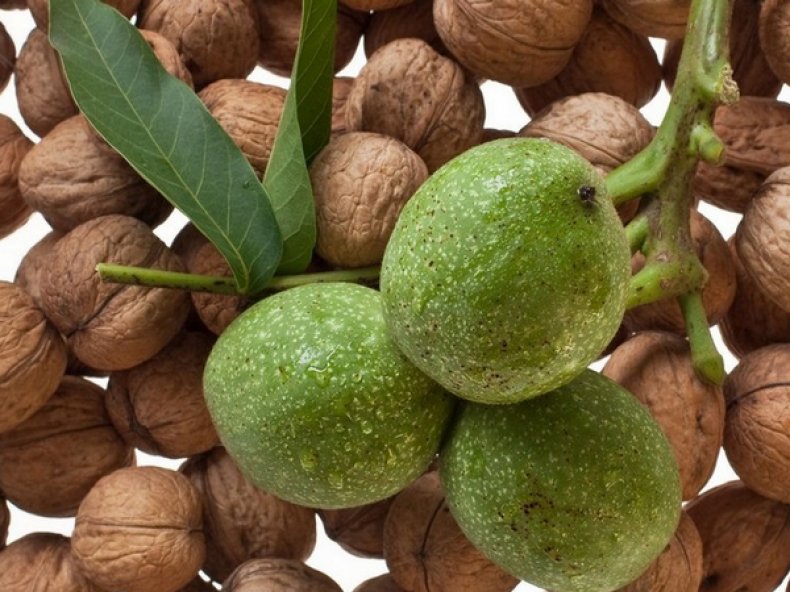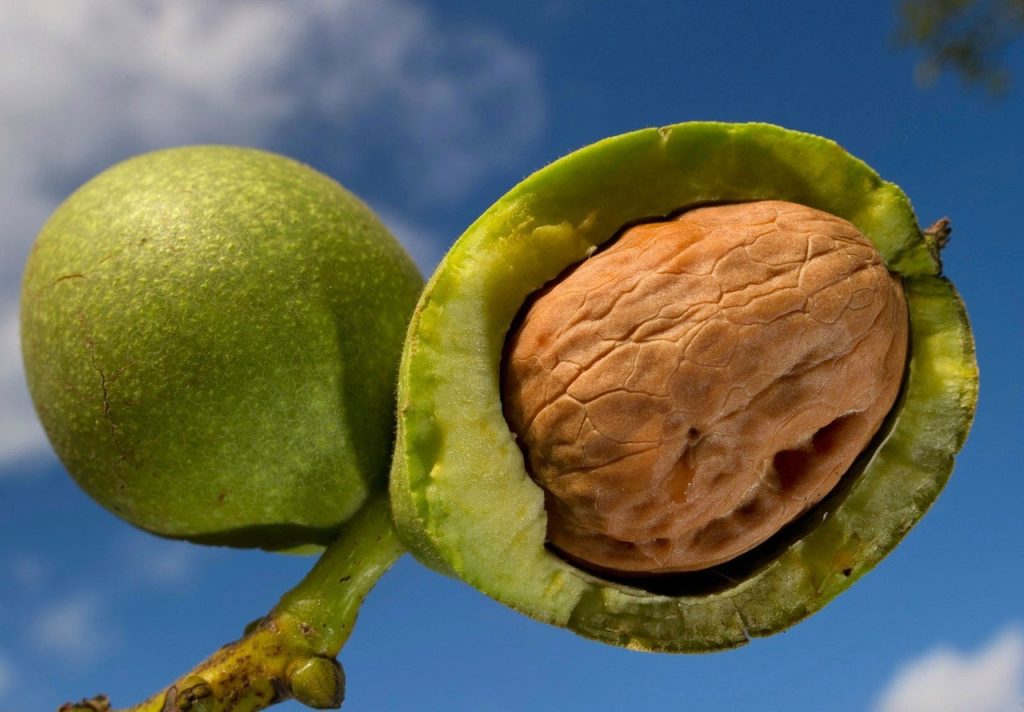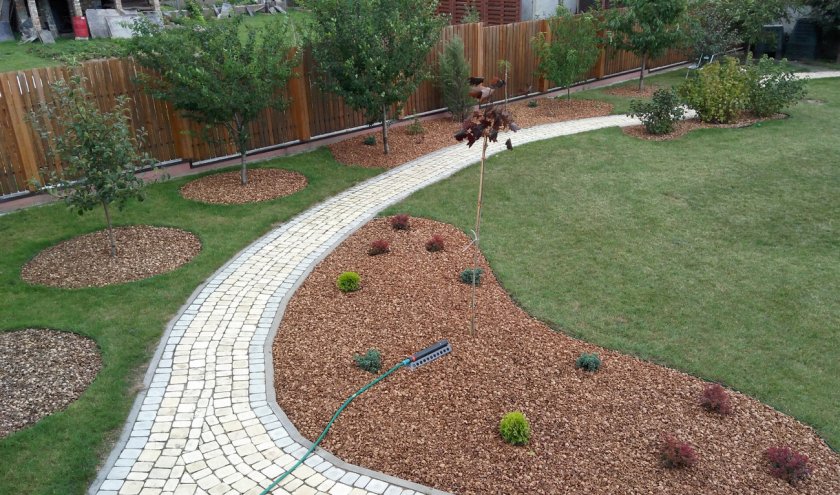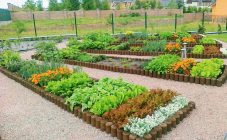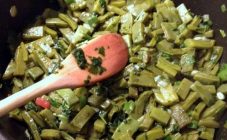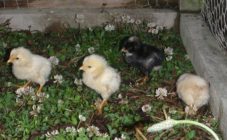A good gardener can benefit from leaves, rind and other wood waste. The green peel of the walnut, which is rich in various trace elements, will also bring considerable benefits.
Useful material
Walnut foliage and bright peel contain a large amount of nutrients necessary for plant nutrition. These include:
- potassium
- magnesium
- calcium
- nitrogen
- sulfur
- phosphorus
- iron
Nut waste can be used as an additive to the soil of gardens and vegetable gardens. Green peels stimulate the growth of plants, especially their roots. The tannins contained in this waste have a bactericidal effect. This allows you to fight harmful microorganisms in the soil.
Composting
The green peel of nuts is used for composting because it has a huge amount of organic matter. The cleaned shells are piled into a compost heap and moistened with a solution that consists of 10 liters of water and 30 grams of nitrogen fertilizers.
In the spring, this fertilizer must be shaken and moistened. After winter, the compost will have a dark color. It will serve as good nutrition for the vegetables you grow.
Application methods
The nut peel is added under the tree, after removing the top layer of the earth. Several glasses of chicken manure are placed on it, and then poured abundantly with water. Walnut loves this top dressing most of all. In addition, the peel warms the soil, protecting it from freezing.
Before adding the nut rind to the soil, it must be crushed into 2 mm pieces. Despite the fact that this process is very laborious, many summer residents are ready to perform such work in order to obtain natural fertilizer.
Those gardeners who are afraid of the active effects of the natural antibiotic juglone can burn the walnut skins and use the ash as fertilizer on their site. Such ash contains a large list of trace elements.
Expert advice
Chopped walnut peels are added to the soil to improve the growth of tomato and bell pepper seedlings. Large particles can be embedded under grown tomato bushes and cucumber beds. In order to avoid bad influence, it is better to put nut skins in a compost pile and then use them as a useful organic matter. Ash obtained from the incineration of nut waste is very suitable for growing flowers. Its composition is more concentrated than that of wood ash.
The average dose of nut compost in the soil is 2 cups per square meter. This top dressing works well for fruit trees and a range of vegetables. You cannot use this fertilizer on alkaline soil, since an increase in alkaline indicators in the soil is provoked.
Disposal of walnut peels should be beneficial for the garden and vegetable garden. This saving of money for the gardener will have a good effect on the family budget, and soil nutrition will have a positive effect on plant growth and insect life. Thanks to the incorporation of walnut waste, the overall temperature of the ground cover is normalized and the growth of weeds is reduced.

